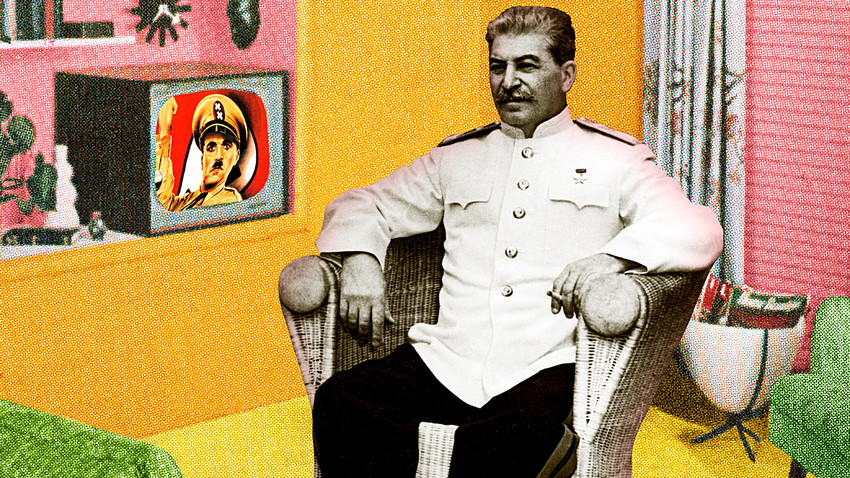
In “The Death of Stalin” (2017), the fearsome Soviet leader forces his inner circle (Beria, Khrushchev, Malenkov, and Molotov) to sit through a screening of John Ford’s ‘Stagecoach’ (1939). This episode, while strange at first sight, is actually historically accurate
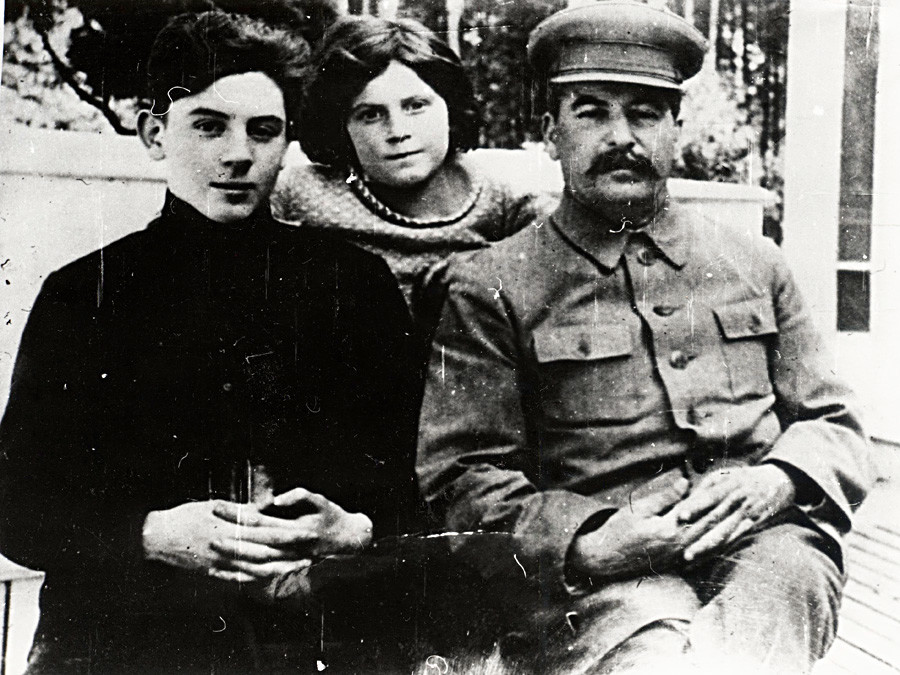
Iosif Stalin with his son Vasiliy and daughter Svetlana, the 1930s.
Getty Images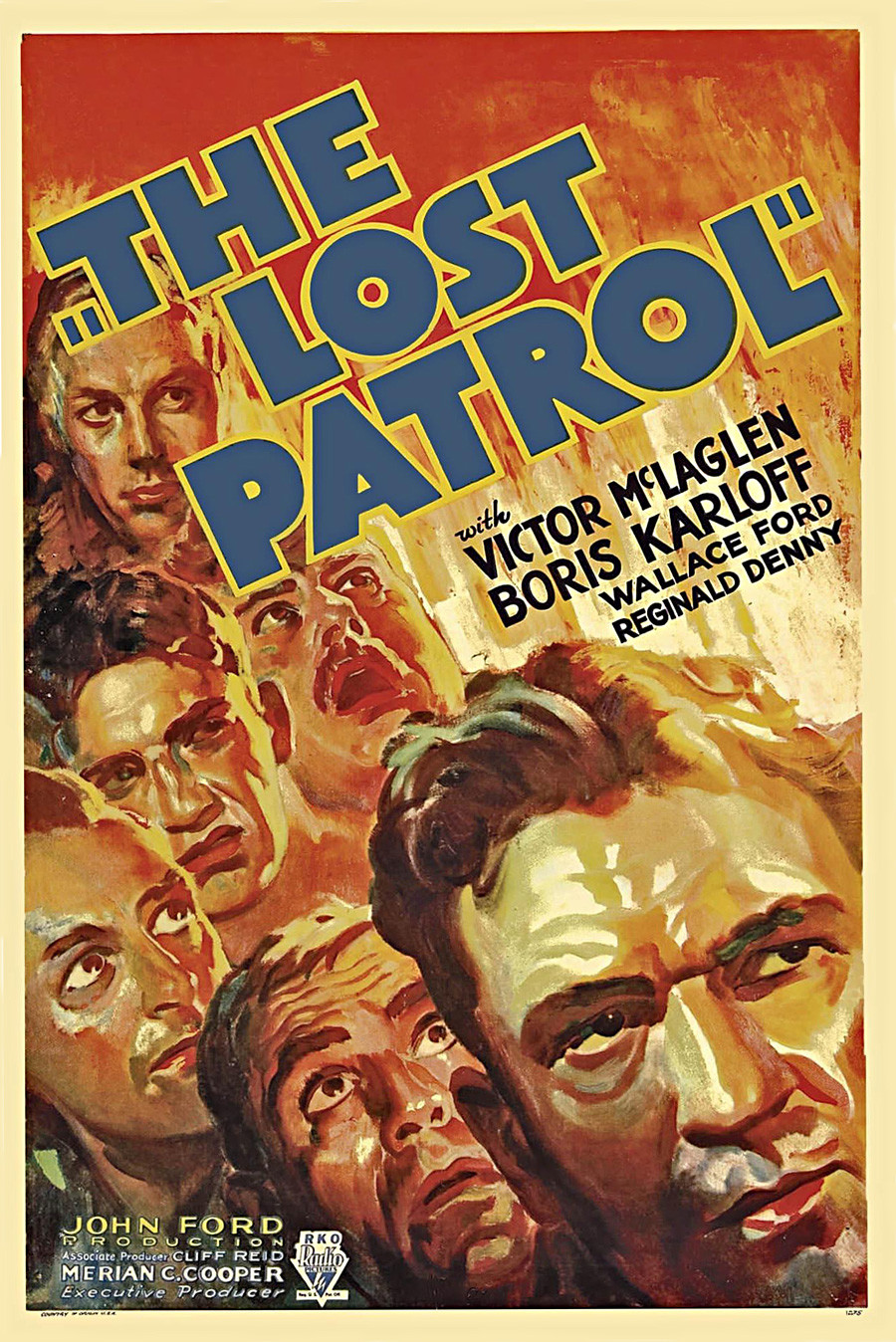
Among westerns, Stalin’s favorite was “The Lost Patrol” by John Ford. Stalin loved the movie so much that he ordered a Russian remake of it – “The Thirteen” (1937) by Mikhail Romm became the first Soviet eastern (a pun for western).
Stalin also loved movies with John Wayne ("Stagecoach" was one of them.) Simon Sebag Montefiore wrote that “Stalin the solitary, pitiless and Messianic egocentric seemed to associate himself with the lone cowboy riding shotgun into town to deal out brutal justice.”
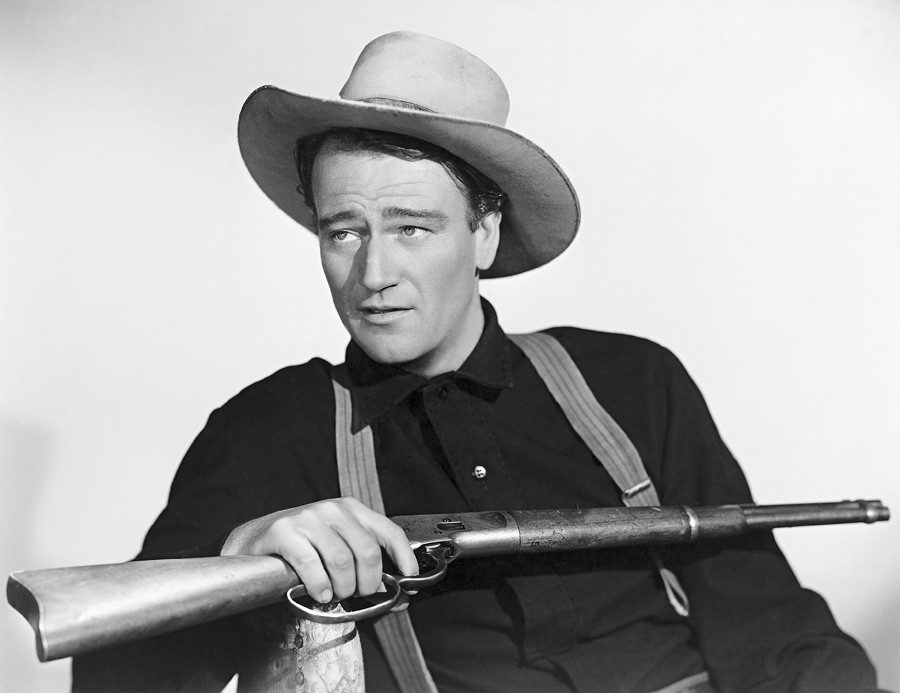
John Wayne
Getty ImagesStalin loved the movie so much that he ordered a Russian remake of it – “The Thirteen” (1937) by Mikhail Romm became the first Soviet eastern (a pun for western).
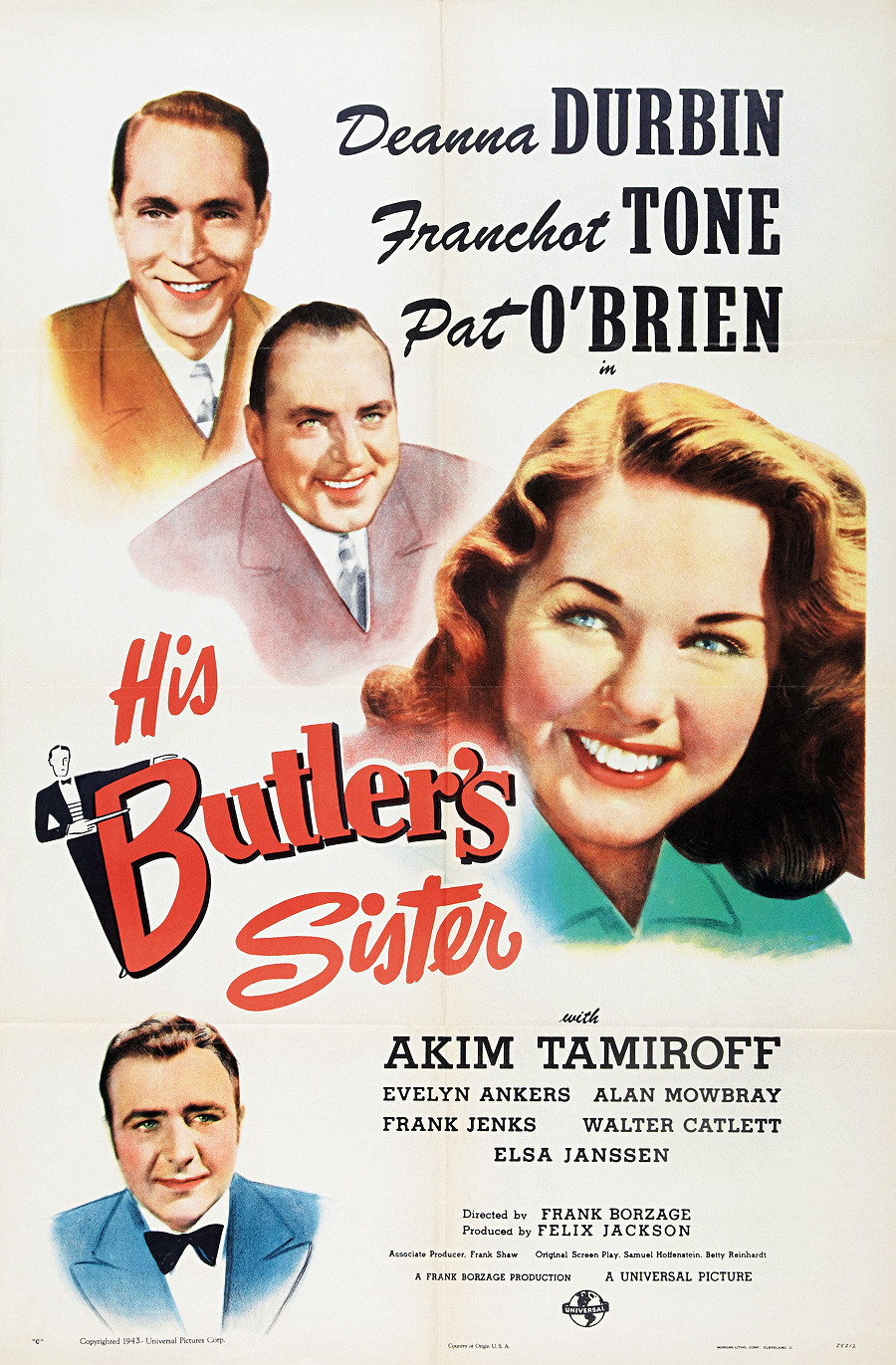
Foreign movies weren’t dubbed for Stalin – this would have made the dictator’s tastes in cinema known to more people than Stalin wanted to. So, he had Ivan Bolshakov, a person who held the position of Soviet Minister of Cinematography from 1946 and until Stalin’s death in 1953. Bolshakov was also called “Stalin’s projectionist”, and he interpreted foreign movies for Stalin on the spot. Since Bolshakov wasn’t literate enough to know several foreign languages, he learned by heart what the translators had prepared for him.
Among others, Bolshakov interpreted ‘His Butler’s Sister,’ which tells the story of a young aspiring singer. Stalin especially loved the parts where Russian romances were sung by Deanne Durbin, the movie’s lead.
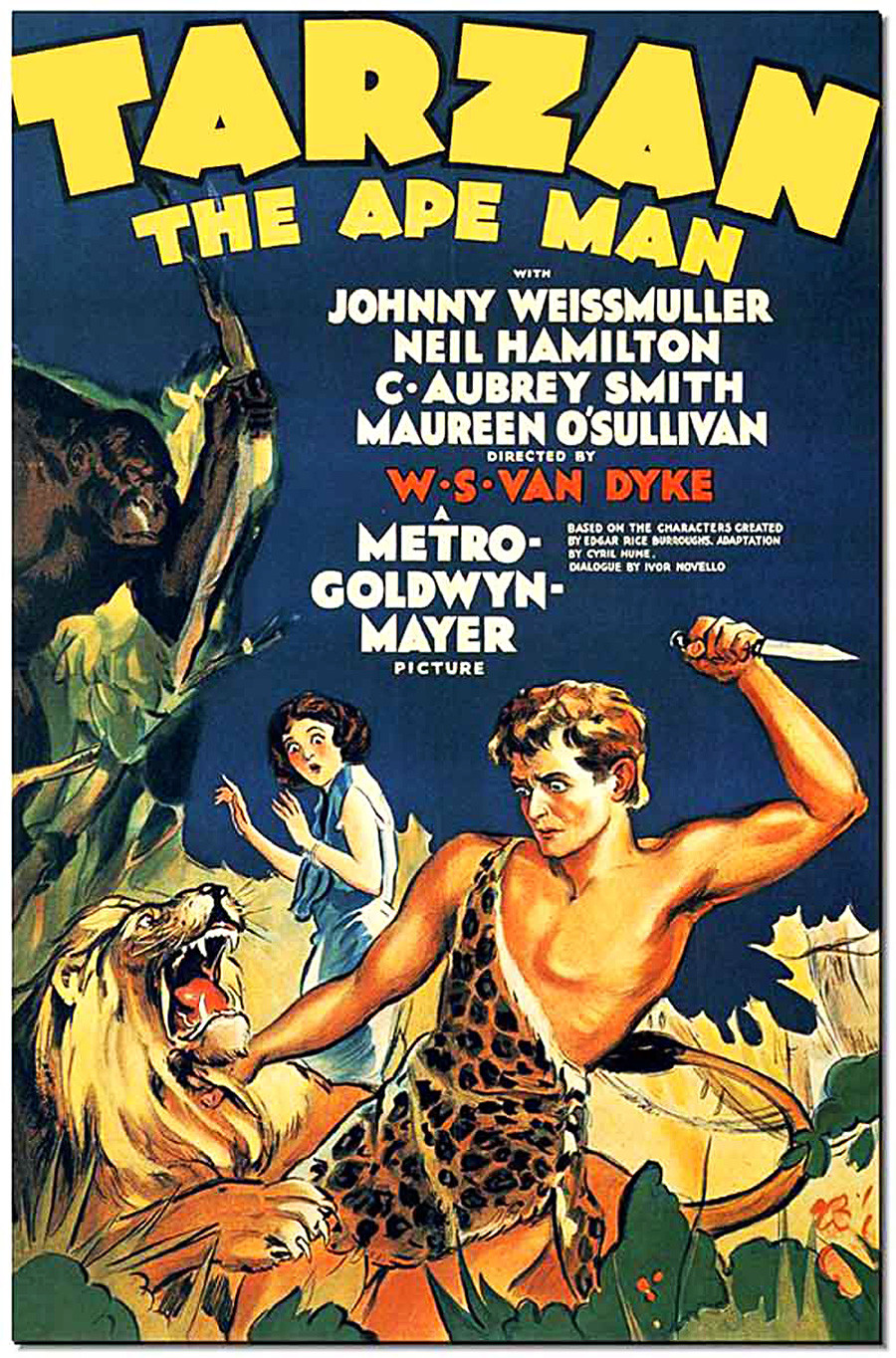
Even more than westerns, Stalin loved movies about Tarzan, which came to Russia as part of the so-called “trophy movies” – copies of over 17,000 movies stored in the Third Reich’s vaults. Stalin wrote that “Tarzan… is a movie about a man that escapes the horrors of the capitalist world by fleeing to the jungle, where he finds freedom and happiness.”

Johnny Weissmuller as Tarzan
Getty ImagesThere were four Tarzan films that Stalin especially liked: “Tarzan the Ape Man” (1932), “Tarzan Escapes” (1936), “Tarzan Finds a Son!” (1939), and “Tarzan's New York Adventure” (1942). They all were released in the USSR in 1952, and until the end of the
For Soviet people, these movies presented a totally different perspective on life. As Nobel laureate Joseph Brodsky later wrote, “The Tarzan series alone, I daresay, did more for de-Stalinization than all of Khrushchev’s speeches at the 20th Party Congress and after.”
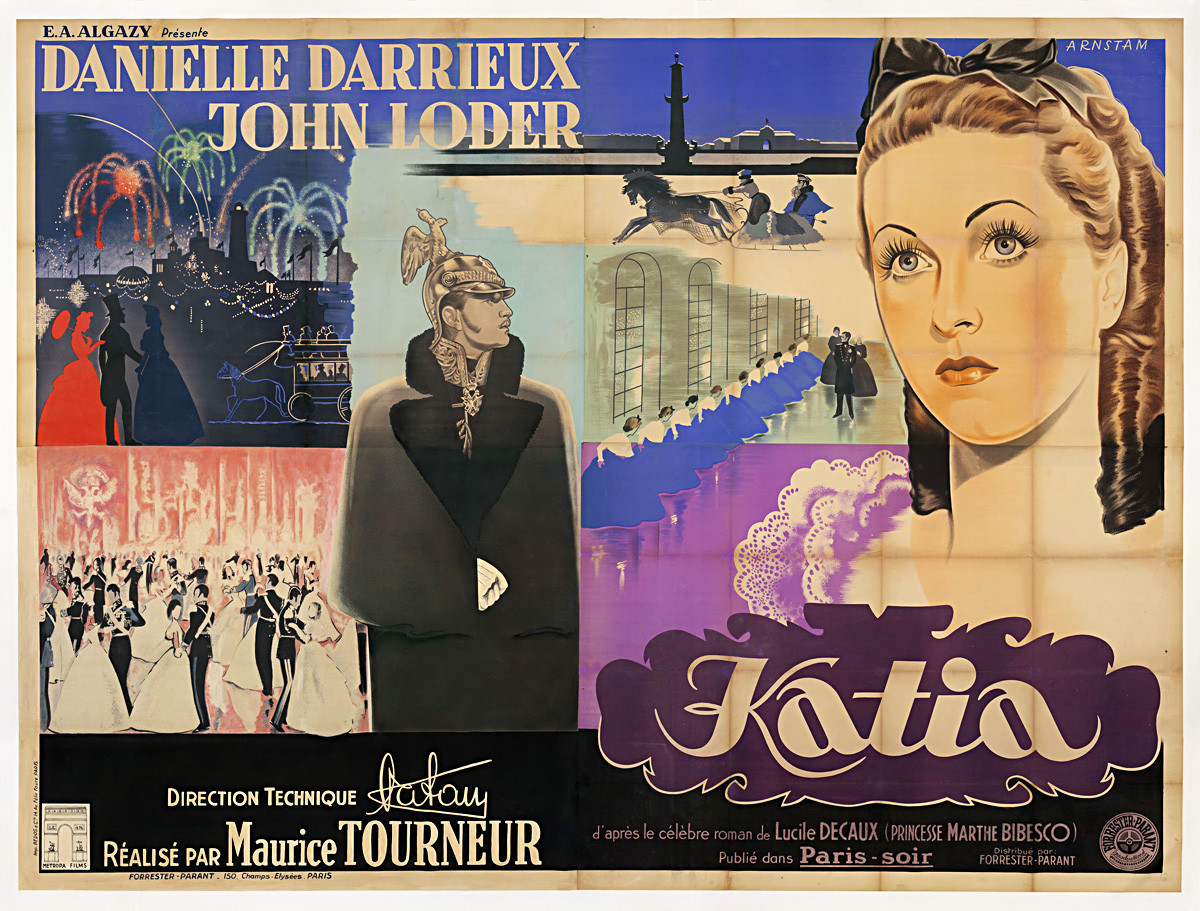
“

Nadezhda Alliluyeva
Archive photo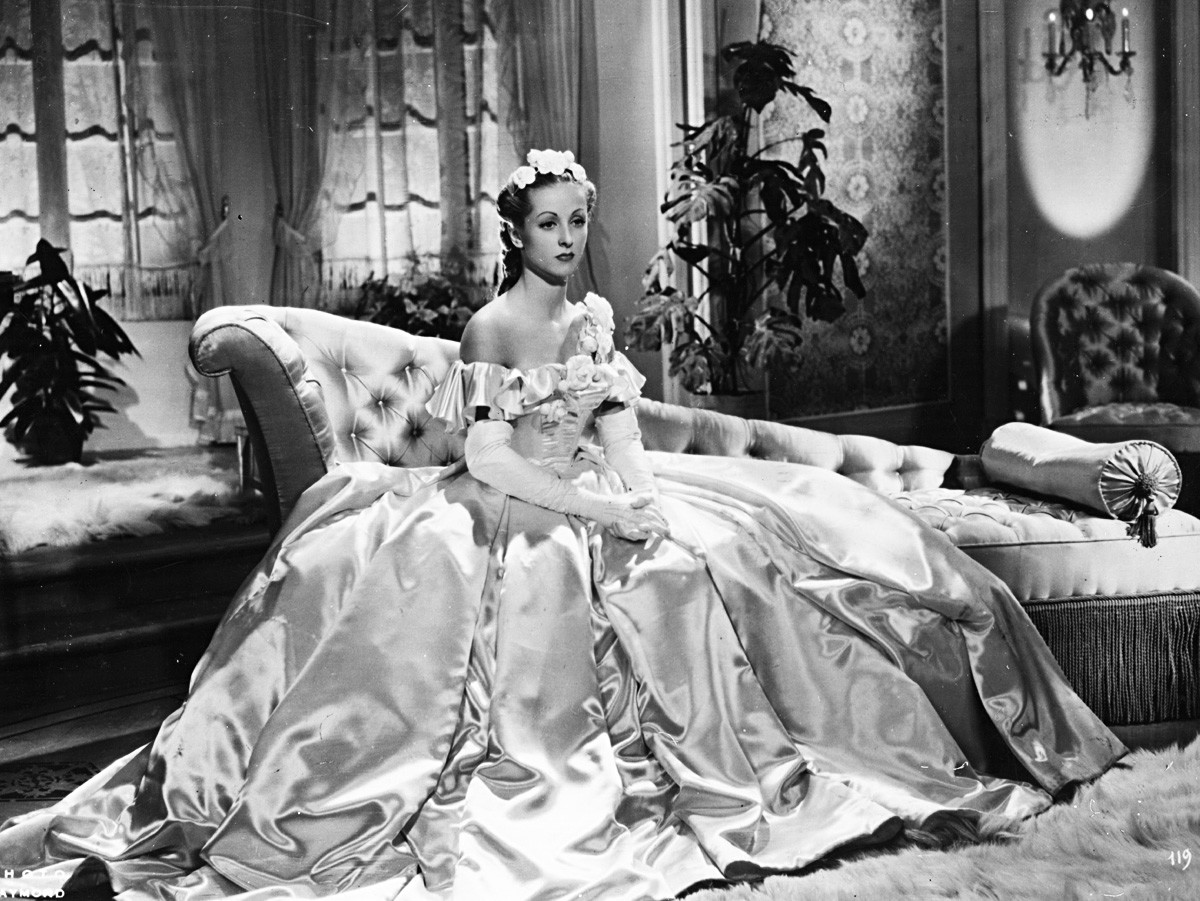
Danielle Darrieux in a scene from the film 'Katia'
Getty ImagesIn a way, Danielle Darrieux in this movie could really resemble young Nadezhda Alliluyeva, and Stalin, in turn, could imagine himself the emperor.
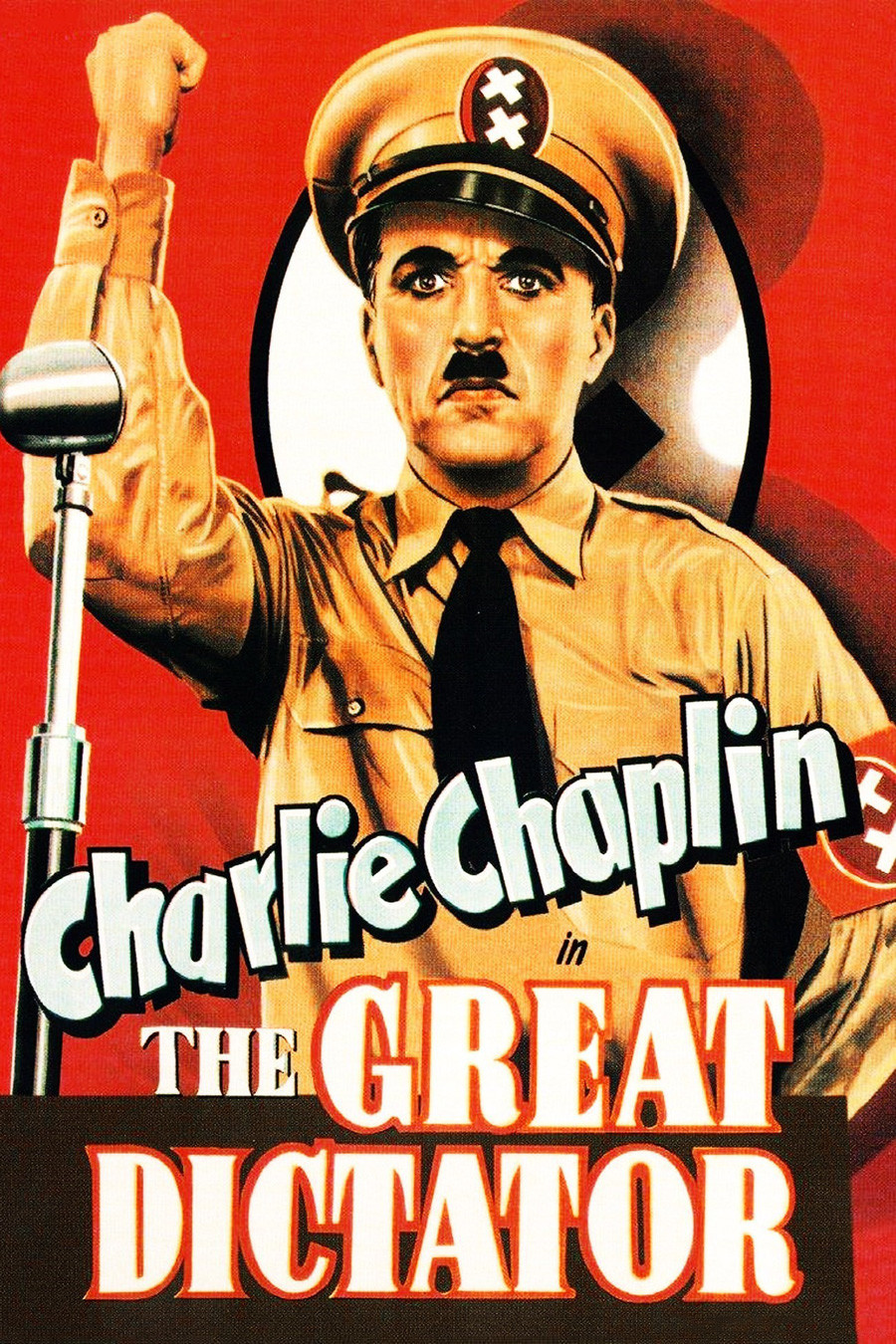
Stalin loved Charlie Chaplin movies, and he even ordered copies to be brought to Sochi, when he was on vacation. Mikhail Romm in his memoirs recalls that at one time, Stalin even cried at a screening of “City Lights”, during the movie’s last scene. Stalin praised Chaplin’s diligence, saying, “Let’s see how some directors work, for example, Charlie Chaplin. For two or three years a man keeps silent, prepares himself, studies the details… Real directors work (on a movie) for two to three years...”
Stalin definitely saw “The Great Dictator”, and like Hitler in Germany, he banned the movie from screening in the USSR. Stalin apparently was afraid that the image of the dictator Adenoid Hynkel would bring up an unwanted comparison – not to Hitler, but to himself.
Strangely enough, Charlie Chaplin thought of Stalin as the only man capable of defeating Hitler.
If using any of Russia Beyond's content, partly or in full, always provide an active hyperlink to the original material.
Subscribe
to our newsletter!
Get the week's best stories straight to your inbox